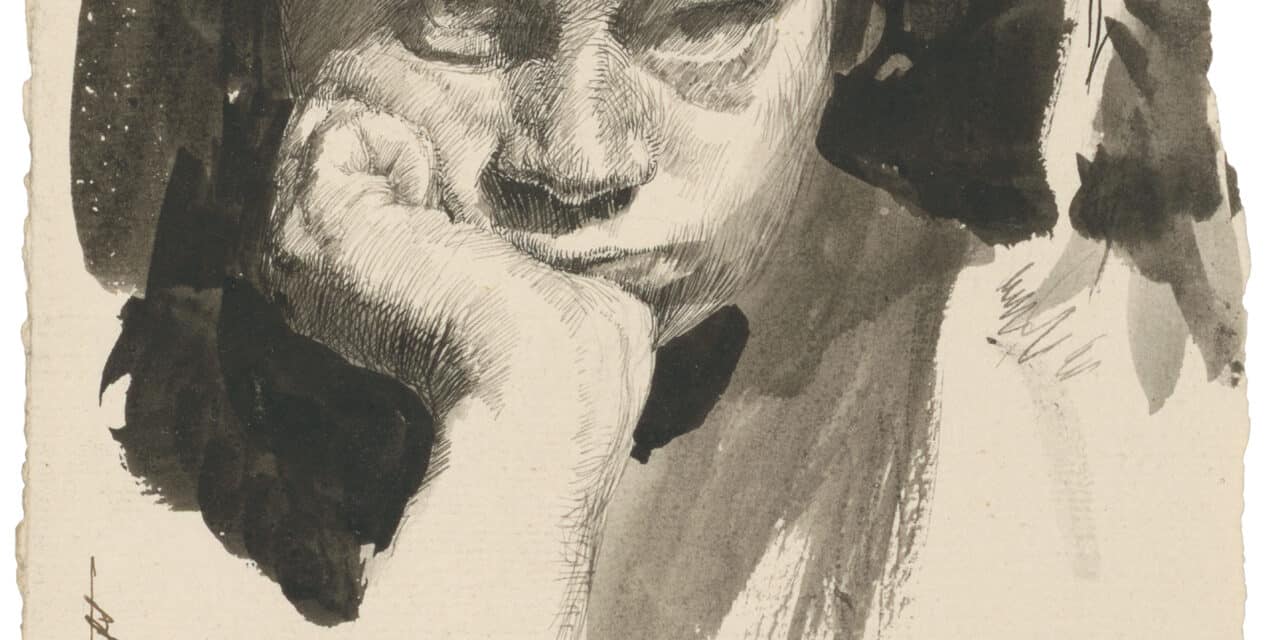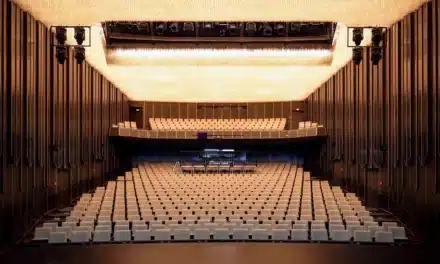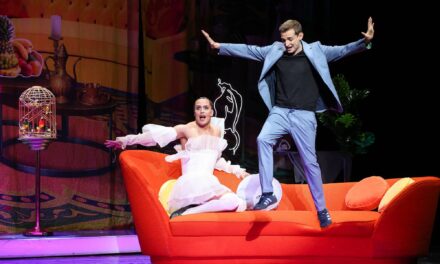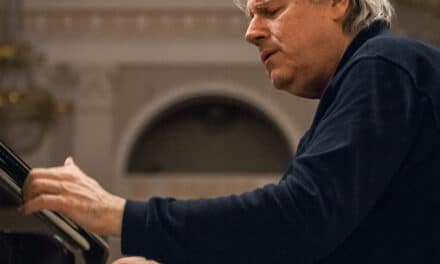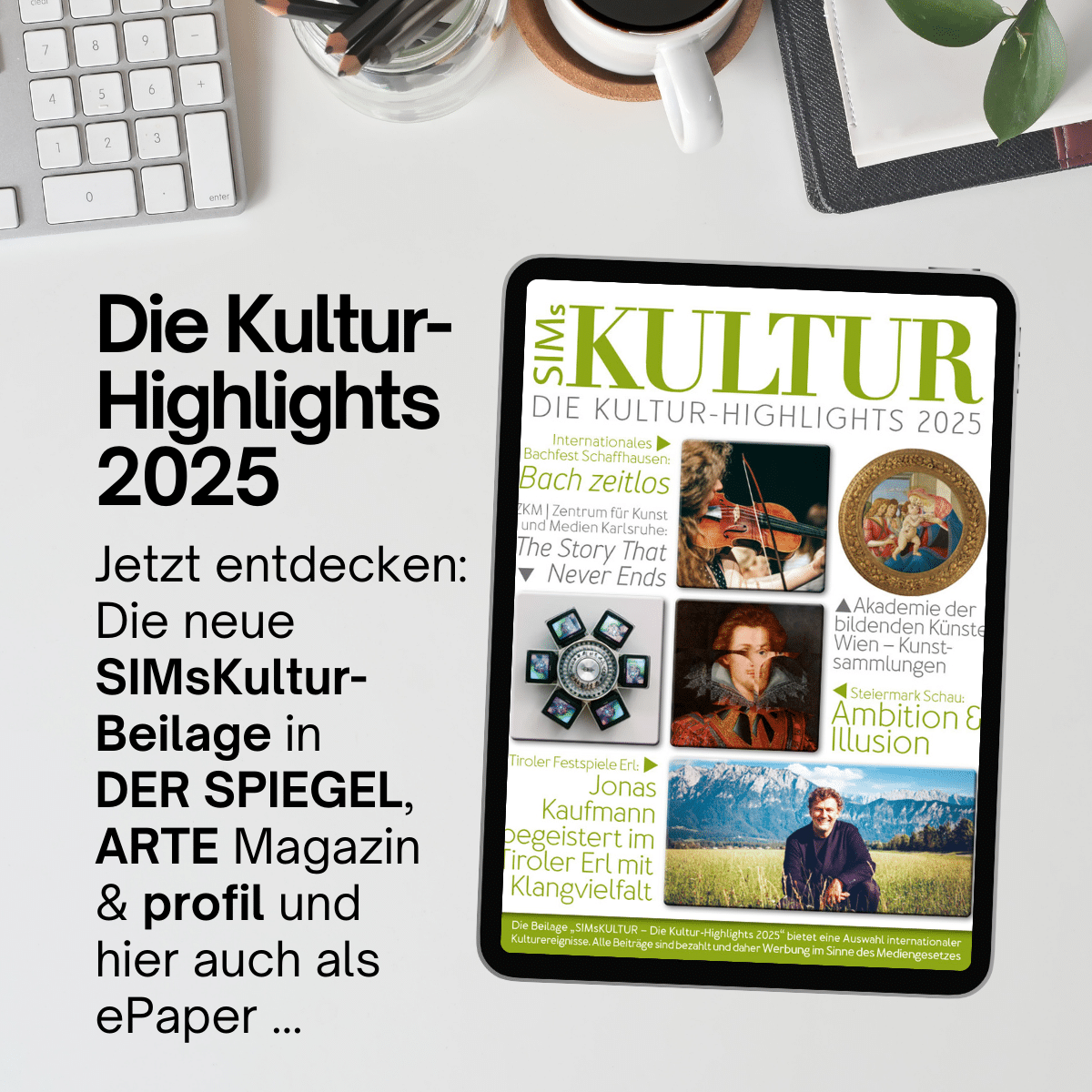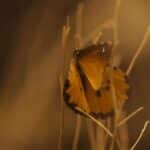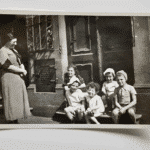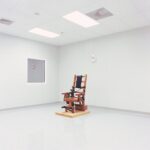Sie ist die berühmteste deutsche Künstlerin des 20. Jahrhunderts und doch eine Ausnahmeerscheinung: Käthe Kollwitz (1867–1945). In diesem Frühjahr widmet ihr das Städel Museum eine große Ausstellung und nimmt die Vielfalt, Sprengkraft und Modernität ihres Werks in den Blick.
Kollwitz ging als Künstlerin eigene Wege: Sie entschied sich ebenso kühn wie zielstrebig nicht für Malerei, sondern vor allem für Druckgrafik und Zeichnung und fand darin zu einer eigenständigen Bildsprache von eindringlicher Unmittelbarkeit. In ihrer Kunst verhandelte sie aus neuer Perspektive existenziell menschliche Fragen, auch unbequeme Themen, und wollte damit auf die Gesellschaft einwirken. Künstlerin und Werk wurden nicht zuletzt deshalb in Deutschland nach 1945 politisch vereinnahmt – eine Rezeption, die in der breiten Öffentlichkeit bis heute nachwirkt.
Ausgehend von dieser komplexen Rezeptionsgeschichte sowie dem umfangreichen, eigenen Bestand und bereichert um Werke aus führenden Museen und Privatsammlungen zeigt die Ausstellung mehr als 110 eindrucksvolle Arbeiten auf Papier, Plastiken und frühe Gemälde der Künstlerin, darunter herausragende Leihgaben unter anderem aus dem Berliner Kupferstichkabinett, dem Käthe Kollwitz Museum Köln, dem Art Institute of Chicago, dem Sprengel Museum Hannover oder der Staatsgalerie Stuttgart. Pointiert bezeugen diese Werke Kollwitz’ Entscheidung für das Medium Grafik sowie ihre Experimentierfreude und Unangepasstheit. Sie offenbaren die Besonderheit ihrer Themen, ihres Formenvokabulars und ihrer kompositorischen Dramaturgie. Darüber hinaus befasst sich die Ausstellung mit dem Spannungsfeld zwischen Ästhetik und Politik in ihrem Werk. Ein Überblick über die deutsch-deutschen Lesarten der Künstlerin nach 1945 reflektiert abschließend die Wirkmacht kulturpolitischer Erzählungen.
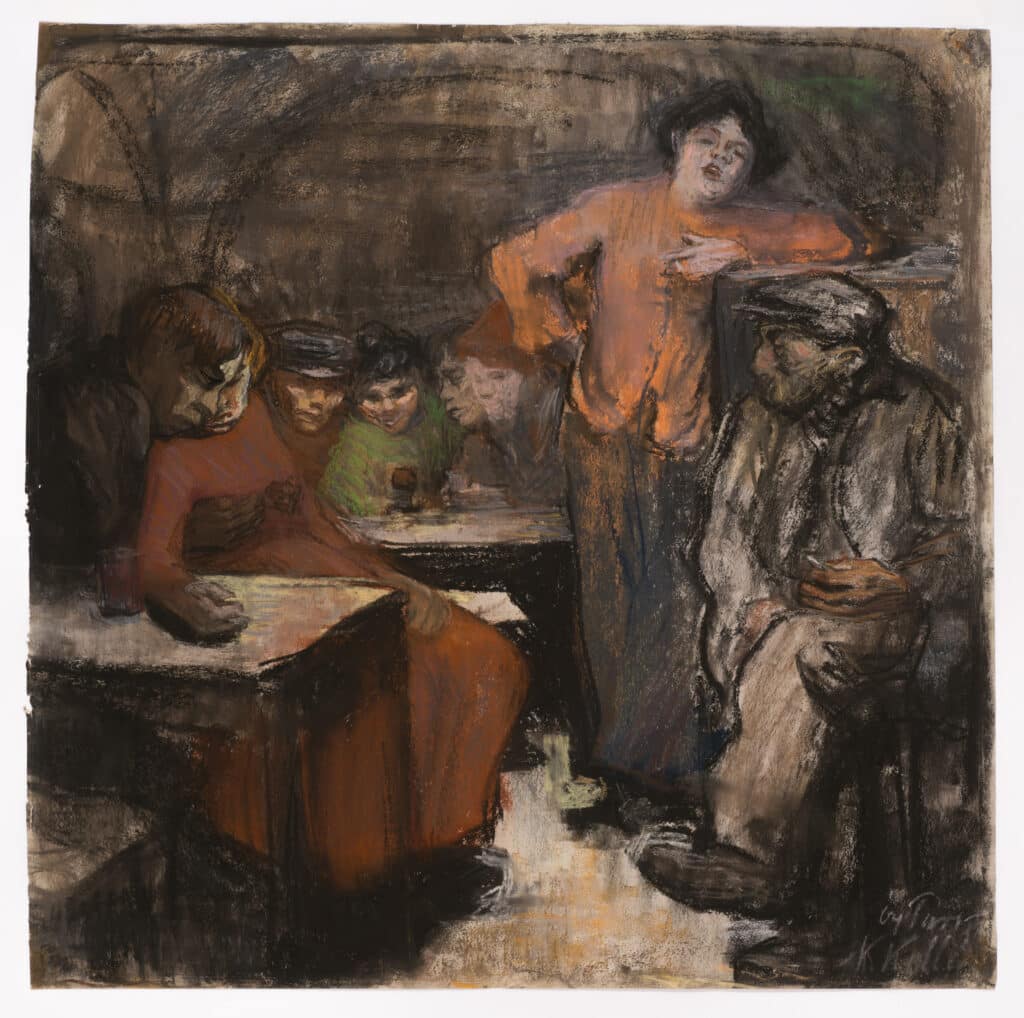
Käthe Kollwitz, Pariser Kellerlokal, 1904, Kreide und Gouache auf Bütten, bpk / Sprengel Museum Hannover, Vermächtnis Konrad Wrede, Hannover (1947) / Herling/Gwose/Werner
Philipp Demandt, Direktor des Städel Museums, über die Ausstellung: „Es gibt neben Käthe Kollwitz wohl keine andere Künstlerin in Deutschland, die sich so selbstbestimmt und zielstrebig eine derart frühe und anhaltende Karriere erstritt. Ihr Schaffen wirkte bis in die USA und nach China – und wurde von vielen gesellschaftlichen wie politischen Ismen instrumentalisiert, gerade auch im Nachkriegsdeutschland. Diesen deutschen ‚Mythos Kollwitz‘ zu beleuchten und das Gesamtwerk dieser bedeutenden Künstlerin der Klassischen Moderne in den Blick zu nehmen, erscheint daher umso zwingender. Für unser Haus gilt dies erst recht, als das Städel Museum Werke von Käthe Kollwitz bereits zu ihren Lebzeiten erwarb und seit dem Ankauf der Sammlung Goedeckemeyer durch die Stadt Frankfurt 1964 einen fundierten Bestand vor allem ihrer Druckgrafik bewahrt. Unsere Besucherinnen und Besucher erwartet im Frühjahr die Begegnung mit einer Künstlerin, deren Werk bis heute nichts an Aktualität verloren hat.“
Regina Freyberger, Leiterin der Graphischen Sammlung ab 1800 am Städel Museum und Kuratorin der Ausstellung: „Es ist äußerst herausfordernd, völlig unvoreingenommen zu bleiben, denn wir tragen immer – bewusst oder unbewusst – unsere eigenen Vorstellungen und Erfahrungen mit uns. Dies gilt besonders bei einer Künstlerin wie Kollwitz, die durch Schul- oder Straßennamen, Briefmarken und Reproduktionen ihrer Werke seit Jahrzehnten zu unserem Alltag gehört. Dass sie zu den großen Ausnahmeerscheinungen in der Kunst der Klassischen Moderne zählt, kann dadurch schnell in Vergessenheit geraten. Dabei ist das Werk von Kollwitz experimentierfreudig, unkonventionell und außerordentlich konsequent. Kollwitz weigerte sich, Kunst nur um ihrer selbst willen zu schaffen, und traf daher die radikale Entscheidung, vor allem grafisch zu arbeiten. Sie wählte anti-bürgerliche, letztlich auch politische Themen und verhandelte sie aus neuen Blickwinkeln in einer einprägsamen, bis heute packenden Bildsprache. Ihre Kunst ist, wie große Kunst immer, zeitlos und zeitlos aktuell.“
20. März bis 9. Juni 2024
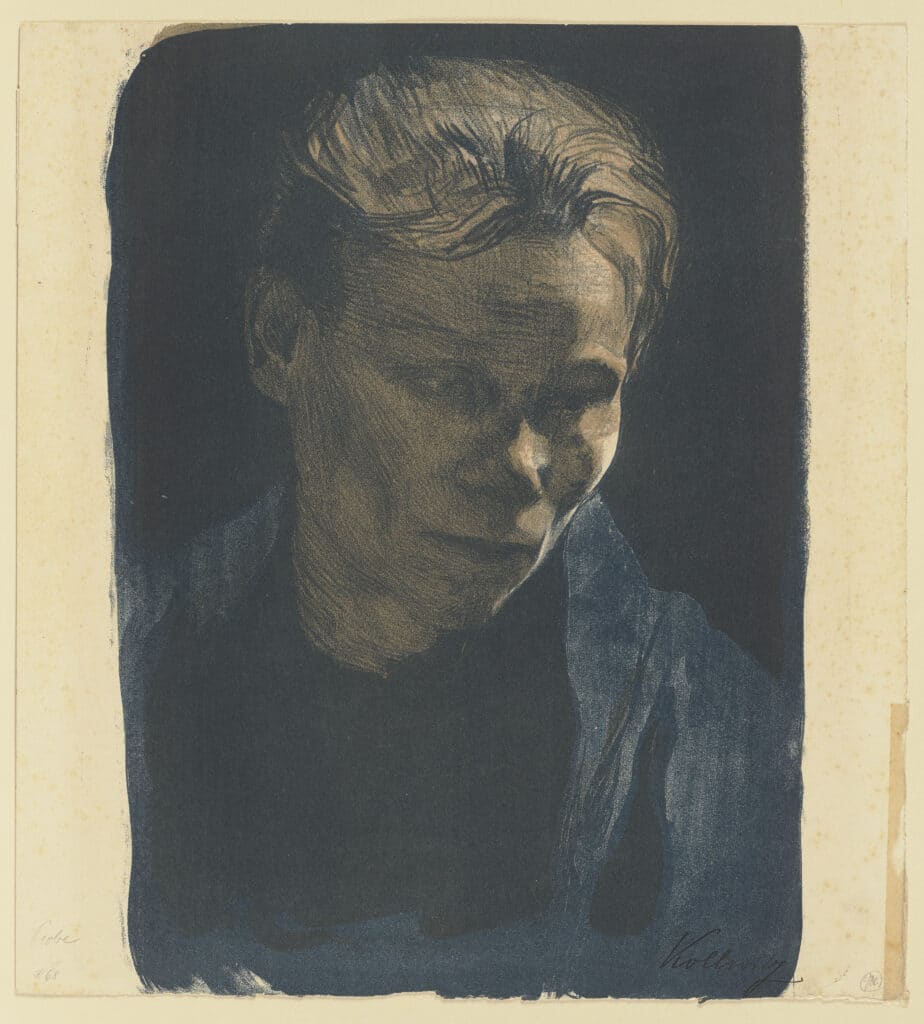
Käthe Kollwitz, Brustbild einer Arbeiterfrau mit blauem Tuch, 1903, Kreide- und Pinsellithografie mit Schabeisen im Zeichenstein in zwei Farben (Blau und Braun) auf Velinpapier, Städel Museum, Frankfurt am Main

